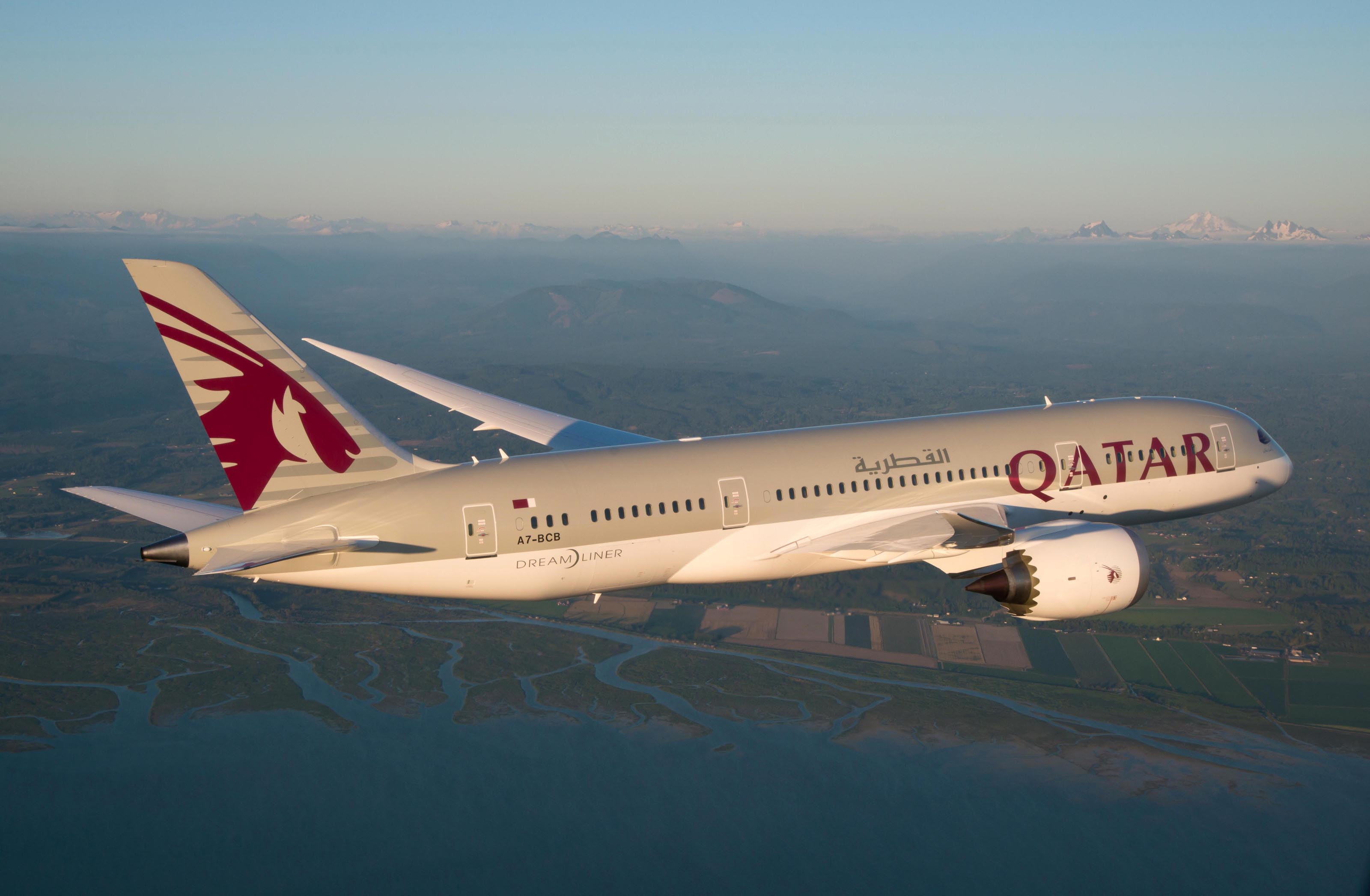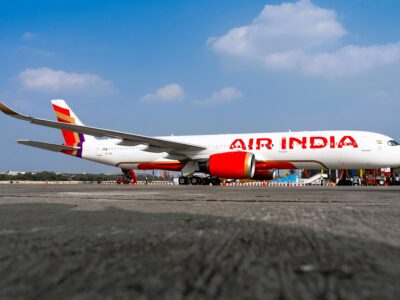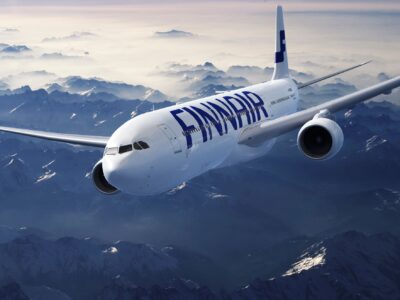
Qatar Airways is seeking USD 618 million compensation from Airbus (Photo: Twitter)
In late May 2007, Qatar Airways became one of the first airlines in the world to decide to buy Airbus A350, the plane that the European aircraft maker had designed in response to arch-rival Boeing’s Dreamliner 787. Qatar signed a Memorandum of Understanding to buy 80 of the A350s even when the plane was in design mode. Right from its debut, Qatar Airways has been flying both Airbus and Boeing aircraft in its fleet. It currently operates 109 Airbus planes of various models and for decades it has been one of the largest customers of Airbus.
Qatar was also Airbus’ launch customer for the A350 and took its first A350 XWB delivery at a ceremony held in Toulouse on December 22, 2014. The aircraft entered into service with the Gulf Carrier on January 15, 2015, and was placed on the airline’s daily Doha Hamad International Airport (DOH) to Frankfurt Airport (FRA) route.
It was all going well for both the partners until end of 2020 when Qatar’s national carrier decided to repaint its five-year-old A350 jets in the Football World Cup livery in November 2020, in preparations for the tournament that will be held in Doha later this year. However, at the stage of painting, Qatar’s engineers found about 980 defects in the plane, mainly relating to degradation of the surface.
When the carrier reported the defects to Airbus, the aircraft manufacturer said was a paint defect and didn’t pose a threat to the aircraft or the passengers. The European Union Aviation Safety Agency (EASA), a European agency responsible for civil aviation safety, carried out independent probes into the issue and concluded that there were no safety concerns.
However, Qatar Airways retorted that in several of its A350s the degradation was no longer superficial and had reached the fuselage and key parts like rivets that hold the airframe together. The airline also posted several images showing the extent of the damage. It then conducted its own checks on the 50 A350s in its fleet and grounded 21 of them on safety concerns.
Once the problem was reported Airbus had acknowledged the issues with its delivery and issued guidance to airlines on how to operate the aircraft. It however maintained that the issue didn’t carry enough gravitas which led to the grounding of its aircraft by Qatar. Airbus also alleged that Qatar was exaggerating the paint concerns to get compensation for its grounding and refusal of the delivery of additional A350s to the carrier. France-based Airbus has continually stressed that they were cosmetic issues and did not pose any safety risk however required attention.
However, this issue of paint is present with other airlines as well. In 2016 Finnair, the flag carrier of Finland raised the paint concerns and in 2019 had reported that the damage had spread below to the anti-lightning mesh. Apart from Finnair; Cathay Pacific, Etihad, Lufthansa and Air France have also reported the same problem.
Qatar Airways, however, continues to press charges and said that Airbus failed to provide a full root-cause analysis which was required to satisfy the unresolved questions over the airworthiness of the affected jet and the lightning protection system.
Qatar Airways also posted a video over social media depicting the scarred exteriors of the grounded jets. The clip depicted the affected areas of the plane with peeling or missing paint, cracks and damage to the anti-lightning protection and patches of carbon fibre that were exposed to moisture and potentially damaging ultraviolet light.
The lightweight carbon fibre relies on the metallic foil which is embedded beneath the paint and helps the lightning wash away safely over the fuselage, which is less conductive than the metal.
Flakes of the copper mesh, part of the anti-lightning system was becoming loose when the paint was pulled away. The mesh is supposed to be fixed to the body of the plane with resin.
On Monday, as the case opened in London High Court where Airbus had been sued by Qatar Airways for a compensation of USD 618 million in damages due to grounding of A350s, Airbus hit back. In a surprise move, Airbus cancelled a USD 6 billion contract with Qatar Airways for delivery of 50 of its new A321neo passenger jets, signed in December 2017. Qatar Airways responded has said that this decision was “a matter of considerable regret and frustration.”
Though disputes between airlines and aircraft makers are not very rare, it is the intensity of this dispute and the way Airbus has ratcheted it up that appears surprising. The dispute comes at a time when the pandemic has crippled the global aviation industry, pushing all airlines into record losses, leaving them with little choice but to save every penny that they can even at the risk of upsetting long term relationships with their vendors. Whether they join the battle or not, it is certain that all other airlines and Airbus’ rival, Boeing, will be closely watching how this dispute develops.




















